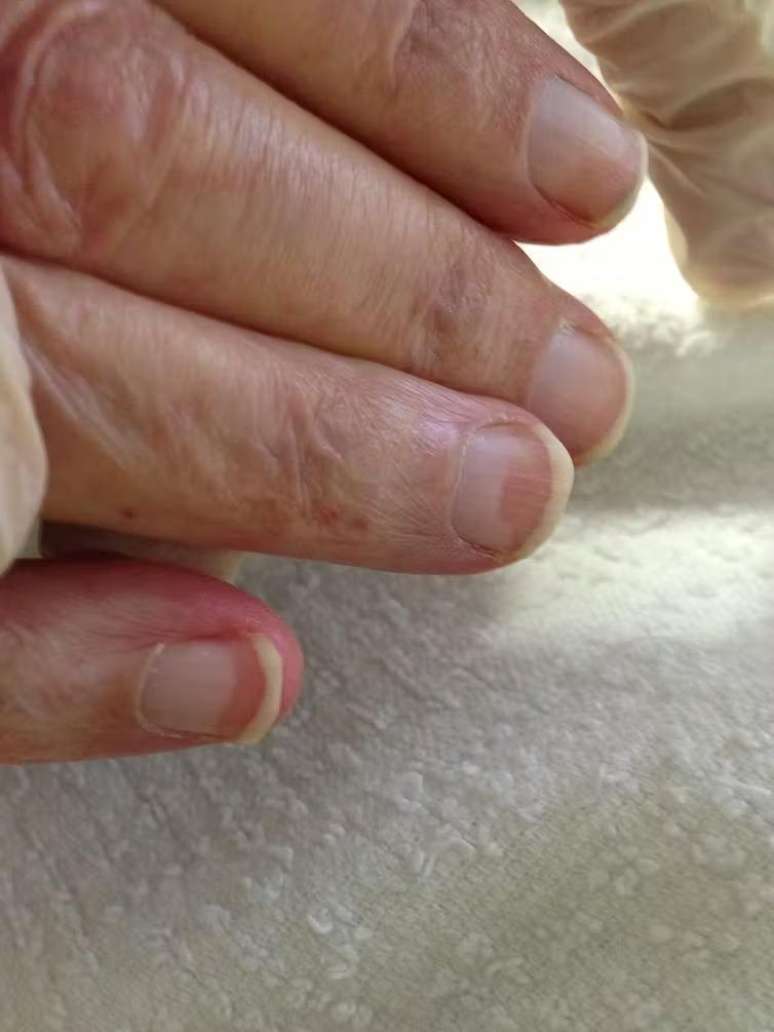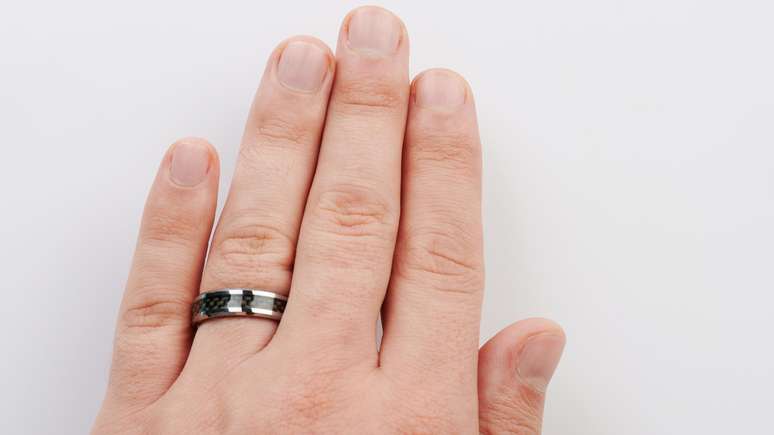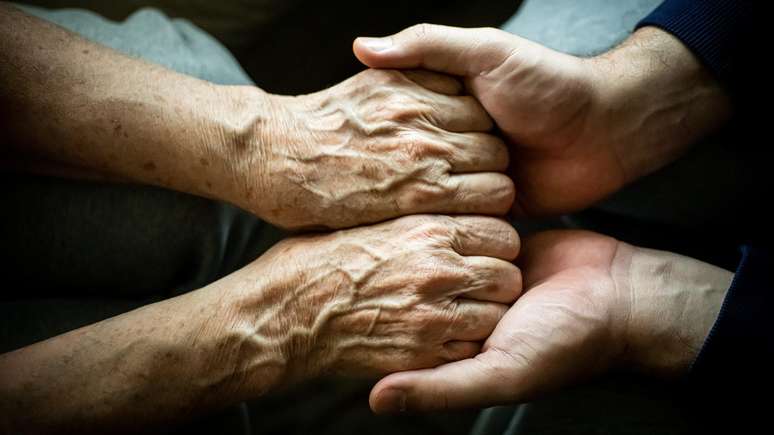Hands carry great revelations about people’s health.
html[data-range=”xlarge”] figure image img.img-0109f2de8fb9bea0e341793f9eba9589o1r0lf80 { width: 774px; height: 435px; }HTML[data-range=”large”] figure image img.img-0109f2de8fb9bea0e341793f9eba9589o1r0lf80 { width: 548px; height: 308px; }HTML[data-range=”small”] figure image img.img-0109f2de8fb9bea0e341793f9eba9589o1r0lf80, html[data-range=”medium”] figure image img.img-0109f2de8fb9bea0e341793f9eba9589o1r0lf80 { width: 564px; height: 317px; }HTML[data-range=”small”] .article__image-embed, html[data-range=”medium”] .article__image-embed {width: 564px; margin: auto 0 30px; }
Your hands carry great revelations about your health.
This fact has been recognized since at least the time of Hippocrates, the father of medicine. The ancient Greek physician was the first to describe clubbing in a patient suffering from empyema (which occurs when pus fills the space between the lungs and the surrounding membrane) in the 5th century BC
In clubbing (also called clubbing), the nail looks like a spoon pointing down. This condition is still recognized today as a sign of disease, although currently it is not related only to empyema. It is also linked to cystic fibrosis, liver cirrhosis and thyroid disorders.
Another nail change that can signal illness is Lindsay’s nails. This condition occurs when one or more nails are half white and half reddish brown.
About 50% of people with chronic kidney disease suffer from this nail condition. But it can also be a sign of cirrhosis of the liver and Behçet’s disease, a rare disease that causes blood vessels to become inflamed.
Terry’s fingernails, which occur when one or more nails have a ground-glass appearance, can also be a sign of cirrhosis of the liver, but have been linked to type 2 diabetes, kidney failure and HIV.

And then there are Muehrcke’s nails, which look more like a medical condition than a manicure. In them, one or more horizontal lines cross the nails.
This trend indicates a drop in the most abundant protein in the blood: albumin. And nail marks can also indicate kidney failure.
But sometimes changes in nail texture and color aren’t indicators of something bleak—they’re just signs of aging.
Neapolitan nails, for example, are often seen in people over the age of 70. They received this name because of their three distinctly colored regions. They are not a cause for concern.
palms
Fingernails aren’t the only part of your hands that can reveal health problems. Even palm trees have stories to tell.
If you notice your palms getting sweaty without you feeling nervous or even in the absence of high temperatures or exercise, it could be an indication of faulty nerve signals that are activating your sweat glands.
This condition can be benign, in which case it is known as primary hyperhidrosis. But inexplicably sweaty palms (as well as the face, neck and armpits) can indicate thyroid problems.
Hyperthyroidism is a condition in which the thyroid gland in the neck produces too much thyroxine. Excess of this hormone causes body processes to speed up and can cause sweating of the hands. Fortunately, this condition can be easily treated with the right medications.
A more concerning change is the appearance of small areas of red or purple discoloration on the palms and fingers. This could be a sign of bacterial endocarditis (inflammation of the inner lining of the heart), which has a high mortality rate.
This discoloration can come in two forms: Osler’s nodes and Janeway’s lesions.
Osler’s lymph nodes are typically red and painful, ranging in size from 1 to 10 mm. They appear on the fingers and last from hours to days. Janeway’s lesions have irregular shapes and vary in size. They are typically seen on the palms of the hands and are painless and last anywhere from a few days to a few weeks.
These two patterns on the palms are very serious and urgently need medical attention.
Tingling and numbness
If you feel tingling and numbness in your hands and can’t get rid of it, it could be a sign of carpal tunnel syndrome. It occurs when a major nerve (the middle nerve) in the wrist is pinched, causing numbness, tingling, or pain.
The syndrome usually gets better without treatment, but a wrist splint can help reduce pressure on the nerve. People who are overweight or pregnant are at a higher risk of suffering from carpal tunnel syndrome.
Tingling and numbness in the hand can also be a sign of diabetes. The increased blood sugar level in diabetes causes nerve damage that manifests as tingling or numbness in the extremities, such as the hands. This condition is called “diabetic neuropathy”.
We all experience tingling or numbness at one time or another, but if it’s frequent or lasts a long time, see a doctor.
finger length
Finger length may provide some indication of your risk of developing certain diseases later in life.
The length of the index finger, relative to the ring finger, varies between men and women. In women, they are approximately the same length, but in men, the ring finger is usually longer than the index finger.
This difference is thought to be caused by exposure to hormones in utero.

This relationship between ring and index finger length is associated with better performance among men and women in a range of sports, but also with the risk of developing knee and hip osteoarthritis among women.
You can’t do anything to change the length of your fingers, but you can help prevent osteoarthritis by maintaining a healthy weight, staying active, and controlling your blood sugar levels.
And if you follow this advice, you can avoid most diseases.
*Adam Taylor is Professor and Director of the Center for Clinical Anatomy Learning at Lancaster University, UK.
This article was originally published on the academic news site The conversation and republished under the Creative Commons license. Read the original English version here.
Source: Terra
Ben Stock is a lifestyle journalist and author at Gossipify. He writes about topics such as health, wellness, travel, food and home decor. He provides practical advice and inspiration to improve well-being, keeps readers up to date with latest lifestyle news and trends, known for his engaging writing style, in-depth analysis and unique perspectives.







